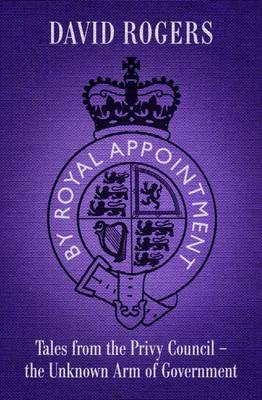What is the Privy Council? What does it do? How did it come into being? We have no written constitution and, therefore, no easy answers to these questions. There are people who would argue that it has no power at all. Others might disagree. Particularly if you had been sentenced to death in a former British overseas territory that still used the Privy Council as its court of appeal, for example, or if you were a student having a row with your college examiners where the University Chancellor, or the Official Visitor, was a member of the royal family. Perhaps a priest who had been defrocked by the Church of England's Court of Arches, or, for that matter, a Prime Minister trying to establish a Royal Charter to control the press.The Privy Council meets several times a year when five or six members of the Cabinet - who are all Privy Counsellors - are summoned to attend on the Queen and, among other business, Acts of Parliament receive the royal assent. Much of the work of the Council is done by standing or ad-hoc committees and sometimes politicians are made Privy Counsellors so that they can serve on such committees.
For centuries, Privy Counsellors were sworn to secrecy by the Privy Council Oath and until 1999 to break that oath was regarded as an act of treason.Traditionally, the Council has always existed to advise the Sovereign on the exercise of the Royal Prerogative, to make laws, to condemn to death and to go to war. Nowadays, most of its power has been devolved, yet it cannot simply be dismissed as having a purely ceremonial role. Its tentacles spread to every area of parliamentary and public life. Brides, battleships and burial plots are all affected by the current workings of the Privy Council, as is the governance of both the Channel Islands and the Isle of Man.
- ISBN10 1849549524
- ISBN13 9781849549523
- Publish Date 21 July 2015 (first published 8 July 2015)
- Publish Status Active
- Publish Country GB
- Imprint Biteback Publishing
- Format eBook
- Language English
